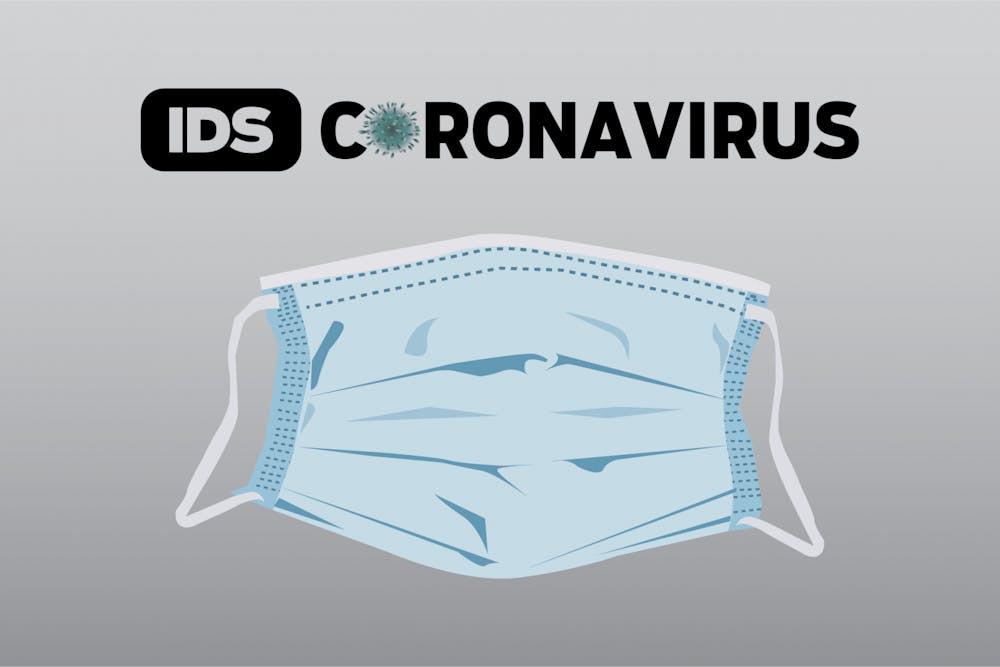Local city, health and university officials said Monroe County has moved into the county advisory red zone amid the omicron surge at a weekly COVID-19 press conference. Monroe County had previously been in the orange advisory level since early December 2021.
The red advisory level indicates a county with high community COVID-19 spread and weekly positive cases at or above 200 per 100,000 residents, according to Indiana’s coronavirus dashboard.
In response to the recent surge, IU has revised its quarantine and isolation protocols to emulate those the Center for Disease Control and Prevention have recommended.
“The numbers are higher than we have seen before,” IU Chief Health Officer Dr. Aaron Carroll said. “They're probably a little bit lower than I think I might have even expected this week.”
IU Assistant Vice President Kirk White said there was an increase of 284 positive cases from last week, totaling 544. White said this is what he expected and the university is handling it as best as it can.
“Our vaccination rate is staying steady at 95%,” White said. “We believe that's one of the reasons for our ability to continue operations as we have.”
White said the university has continuously been considering contingency plans for course instructions while monitoring cases, but IU hasn’t needed to alter many operations. A few dining halls have curtailed operations due to a staffing shortage, but IU has introduced alternative grab-and-go options in response, White said.
Monroe County Health Department Administrator Penny Caudill said there was a rolling average of more than 300 cases per day over the last two weeks, and that number is rising. Positivity rates are now exceeding 1,000 cases per 100,000 residents, for a current positivity rate of over 19%.
President of IU Health South Central Region Brian Shockney said hospital conference rooms are now being used to triage patients, to expand emergency departments and to hold patients for discharge. IU Health facilities in Bloomington are faring better than other locations in the south central region which are currently being oversubscribed with patients, Shockney said.
“We are having to use every square inch of our buildings to be able to care for patients during this surge,” Shockney said.




